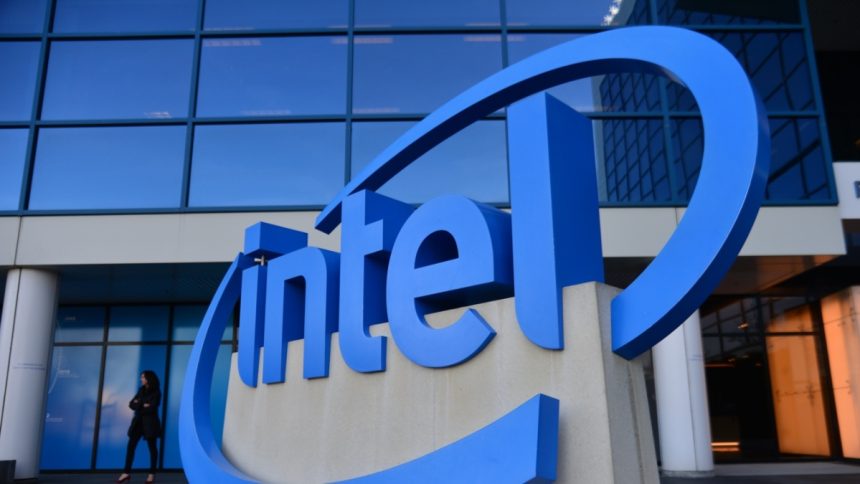When Pat Gelsinger first claimed in October 2022 that Intel will have the world’s best transistors by 2025, it was wise to take his words with a grain of salt. The ambition of this company’s CEO is beyond doubt, but the facts have shown us that this was no bluster. It is currently manufacturing its Intel Core Ultra (‘Meteor Lake’) processors on a large scale at Intel Node 4 at its plants in the USA, Israel and Ireland, and plans to go much further in the short term.
Before the end of this year it plans to have its Intel Node 3 ready for chip manufacturing. During the first half of 2024 it plans to have Intel node 20A ready, and throughout the second half of 2024 it promises to be ready to manufacture integrated circuits at node 18A. In addition, the company is investing heavily in expanding its manufacturing infrastructure in the USA, Israel and Europe.
Its new plant in Magdeburg (Germany) will cost $30 billion, and it will invest $4.6 billion in a new facility to be located in Wroclaw (Poland). Intel will not assume 100% of the cost of these investments because it will receive juicy subsidies from the governments of the countries involved. Even so, its bet is intimidating from an economic point of view. In any case, the most surprising thing is that TSMC, its biggest competitor in the chip manufacturing industry, is an essential ingredient in its recipe.
TSMC makes (and will make) for Intel.
The heart of Intel’s IDM 2.0 (Integrated Device Manufacturing) strategy requires, precisely, that the company expand its manufacturing infrastructure in order not only to increase the competitiveness of its integration technologies, but also to put its integrated circuit manufacturing nodes in the hands of many more customers. This part of its business is what allows Intel to compete head-to-head with Samsung and TSMC.
However, Intel and TSMC have a very interesting relationship. They are competitors, as we have just seen, but they are also allies. In fact, Intel has been a TSMC customer for years. And it will continue to be so in the future. What’s more, TSMC is going to play a prominent role in the products that Intel will launch in the future. The leaker @YuuKi_AnS has published a slide prepared by Intel itself that reveals that the Compute Tile of the ‘Lunar Lake’ processors that will presumably arrive in 2024 will be manufactured by TSMC at its 3 nm N3B node.
This functional block of the CPU resides within a structure known as NOC (Network-On-Chip) and coexists with the Graphics Tile and the NPU (Neural Processing Unit), which is the logic specialized in the execution of artificial intelligence algorithms. At least this is the structure of the first Intel processors using tiles, which are none other than the ‘Meteor Lake’ chips. In any case, it is important to know that the high-performance and high-efficiency cores introduced by Intel in the Alder Lake architecture reside inside the Compute Tile.
This information comes from a leak, and it is therefore prudent to take it with caution, but it is not at all far-fetched. It is perfectly credible. In fact, the fact that TSMC will manufacture part of Intel’s future high-end processors is in line with the strategy of the company led by Pat Gelsinger, which aims to bring to market chips made with the most advanced lithographies available. And TSMC dominates some of the leading-edge lithographies in the semiconductor industry. One thing we can be sure of: PC hardware enthusiasts can already rub our hands together.


